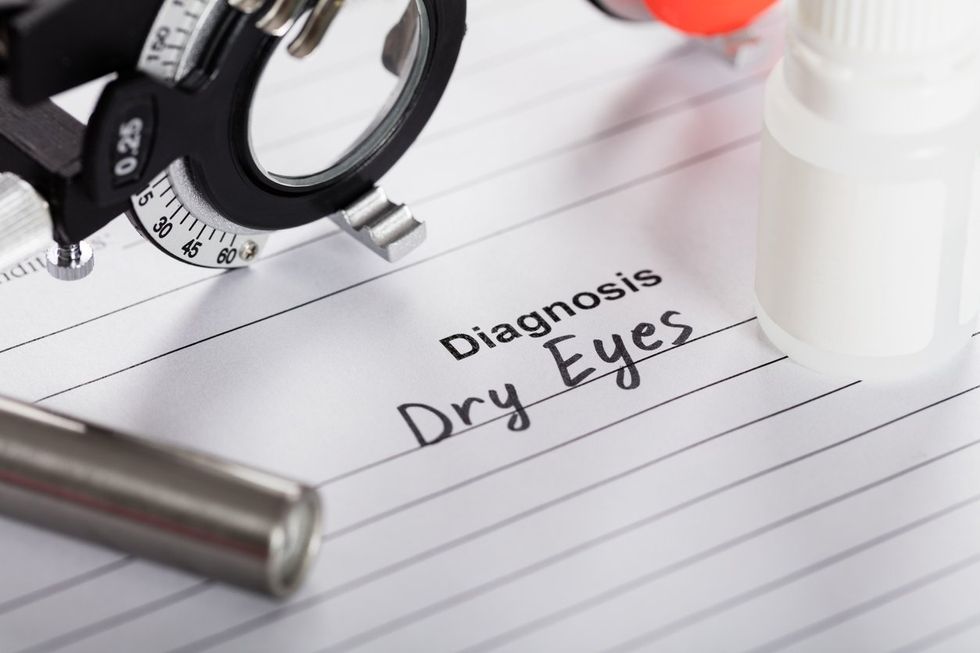
Tears have an important role in cleaning and moisturizing your eyes, beyond just expressing emotions. Dry eye disease affects around 16 million people in the United States, with women being more commonly affected, especially around menopause. If you have dry eye disease, you may experience symptoms like waking up with dry, gritty, red, and irritated eyes, as well as blurry vision. It’s a chronic medical condition that can be treated with various options.
What is dry eye disease?
When you blink, tears spread over your eyes to keep them moist and clear. Dry eye disease can occur if you don’t make enough tears or if they evaporate too quickly. There are two types of dry eye disease: evaporative dry eye and aqueous-deficient dry eye.
What are the symptoms of dry eye disease?
Symptoms of dry eye disease include grittiness, redness, light sensitivity, blurry vision, pain, stringy mucus, and watery eyes.
What are the risk factors for dry eye disease?
Risk factors for dry eye disease include age, gender, contact lens use, medications, certain medical conditions, excessive screen usage, and living in dry, windy climates.
How is dry eye disease diagnosed?
Ophthalmologists or optometrists can diagnose dry eye disease through a full eye exam, including tests such as the slit lamp test, Schirmer’s test, and the tear break up time (TBUT) test.
How can you manage or treat dry eye disease?
Treatment options for dry eye disease include artificial tears, prescription medicines, silicone plugs, special contacts, in-office procedures, and supplements or vitamins such as omega-3 fatty acids, vitamin A, vitamin D, and vitamin B12.
If you experience symptoms of dry eye disease, it’s important to seek a diagnosis and discuss treatment options with your healthcare provider.
This educational resource was created with support from theMore Real. More Substance. YouTube Channel from the Viatris Eye Care Division.
NON-2023-10962 11/23





